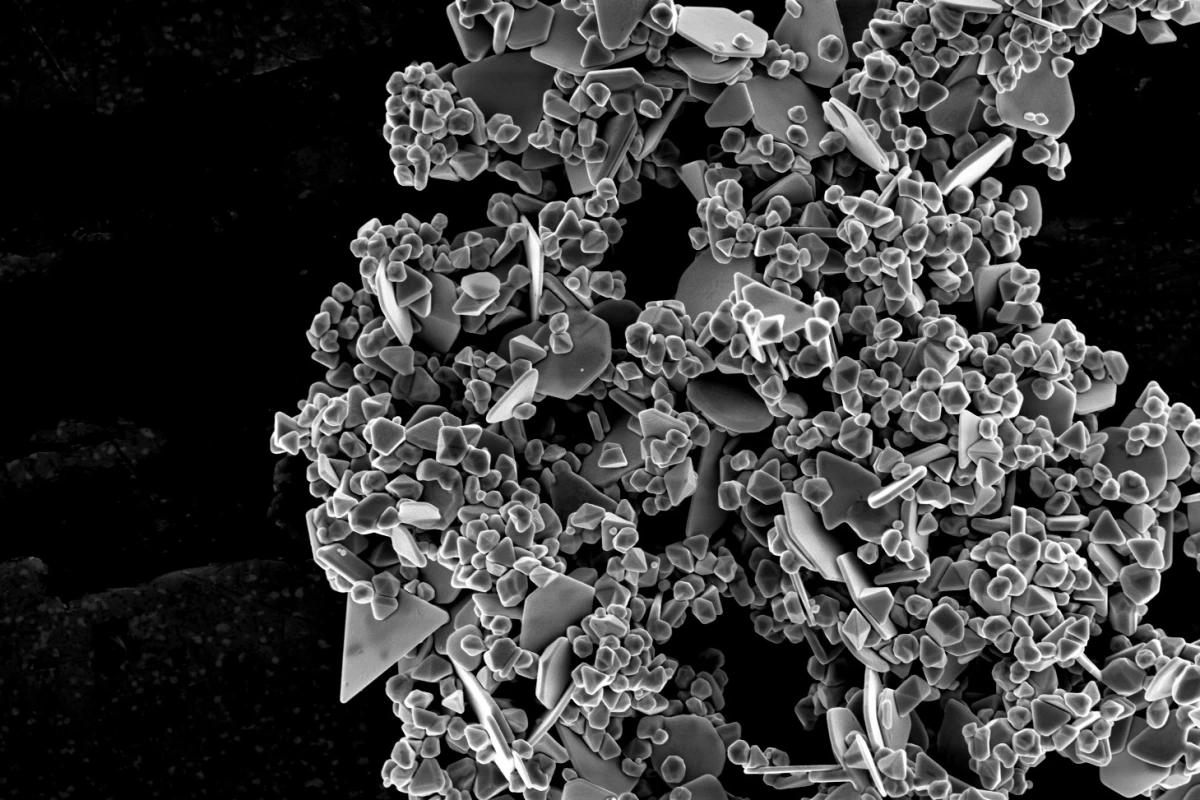Although silver is highly effective at killing bacteria, it can also be toxic to humans in large amounts. That's where a new wound dressing is intended to come in, as it only releases its silver payload when infections are present.
Currently being developed at the University of South Australia, the dressing is intended mainly for use on children with burn injuries, as they are particularly at risk of serious infections and sepsis. It's made up of a topically applied hydrogel that contains silver nanoparticles along with proprietary ingredients which are sensitive to changes in pH and temperature.
As long as the wound is healthy (relatively speaking), the silver remains within the hydrogel. If an infection causes the pH and temperature of the wound site to change, however, the nanoparticles are automatically released into the tissue. They then proceed to kill the harmful bacteria, while also reducing inflammation and boosting tissue regeneration.
"Silver-based wound care products can inhibit the growth of bacteria, but they can also cause toxicity when they deliver too much silver to wounds," says the lead scientist, Dr. Zlatko Kopecki. "Our treatment is unique in that it capitalizes on the antibacterial properties of silver, but avoids over-exposure, by only activating when infection is present."
There's currently no word on when clinical trials may commence, or when the dressing may be commercially available.
Source: University of South Australia




